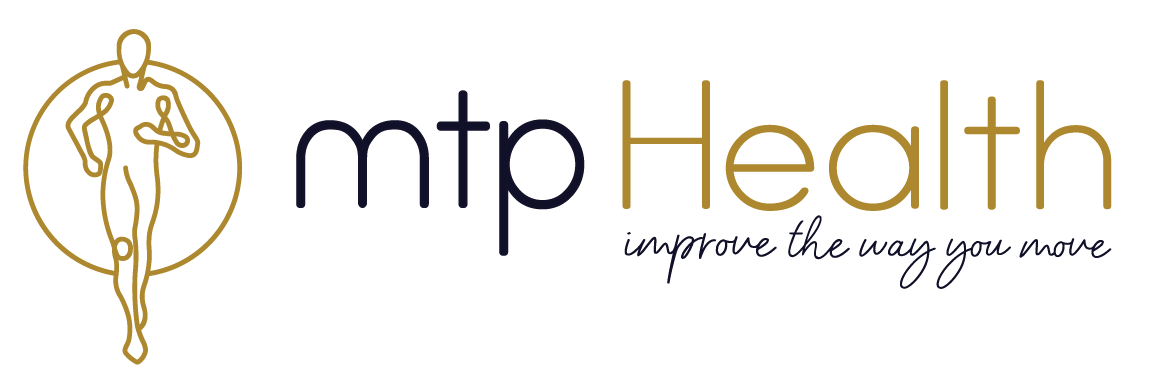Eccentric Exercise
In order to get the most out of your exercise program, it’s important to understand precisely what you’re trying to do & why it’s so beneficial.
We find that this couldn’t be more true for the specialised exercise programs that we run. Having an understanding of the whys behind why you do something, helps to provide the reasoning of how to perform it. This is incredibly important for how we like to teach things, as we really focus on empowering the people we work with to be able to manage their own condition when they leave us. A big step to be able to do this is understanding how to create their own exercise program, along with what to focus on.
With all of this said, let’s get on to introducing Eccentric Exercise.
Sometimes to go up, you must first come down…
Exercise Physiology has shown us that due to the architecture of our working muscles, we are capable of handling roughly 30% more force when our muscles are contracting eccentrically (i.e. on the way down), as when contracting concentrically (i.e. on the way up). If we apply this to our squatting movements we can see this phenomenon play out in our daily lives.
Specifically, when we go to sit in a chair.
Often people with knee pain can quite easily sit down into a chair, yet struggle to stand back up. The reason it is so much easier to sit down into the chair is because on the way down, the muscles are contracting eccentrically to control the body weight, which allows more force to be handled than on the way up.
As Exercise Physiologists, we are able to use this strategically to continue allowing you to progress. Once squatting on 2 legs becomes no problem, we can then start to work on one leg. In our experience, performing single-leg squats on the way down is the fastest way to ensure tremendous progress when it comes to knee pain.
What’s more, is that eccentric exercise is what is traditionally shown to stimulate increases in muscle hypertrophy. While the review linked shows that eccentric exercise produces similar benefits when total time under tension is matched (i.e. the amount of time the muscle is contracting), what we find is that by focusing on the eccentric portion of the exercise, we can more easily create structural adaptations in a safe way (i.e. tendons, muscles, bones become stronger & more resilient). This is exactly what someone with a chronic injury (e.g. Knee & Hip pain) tends to need.
